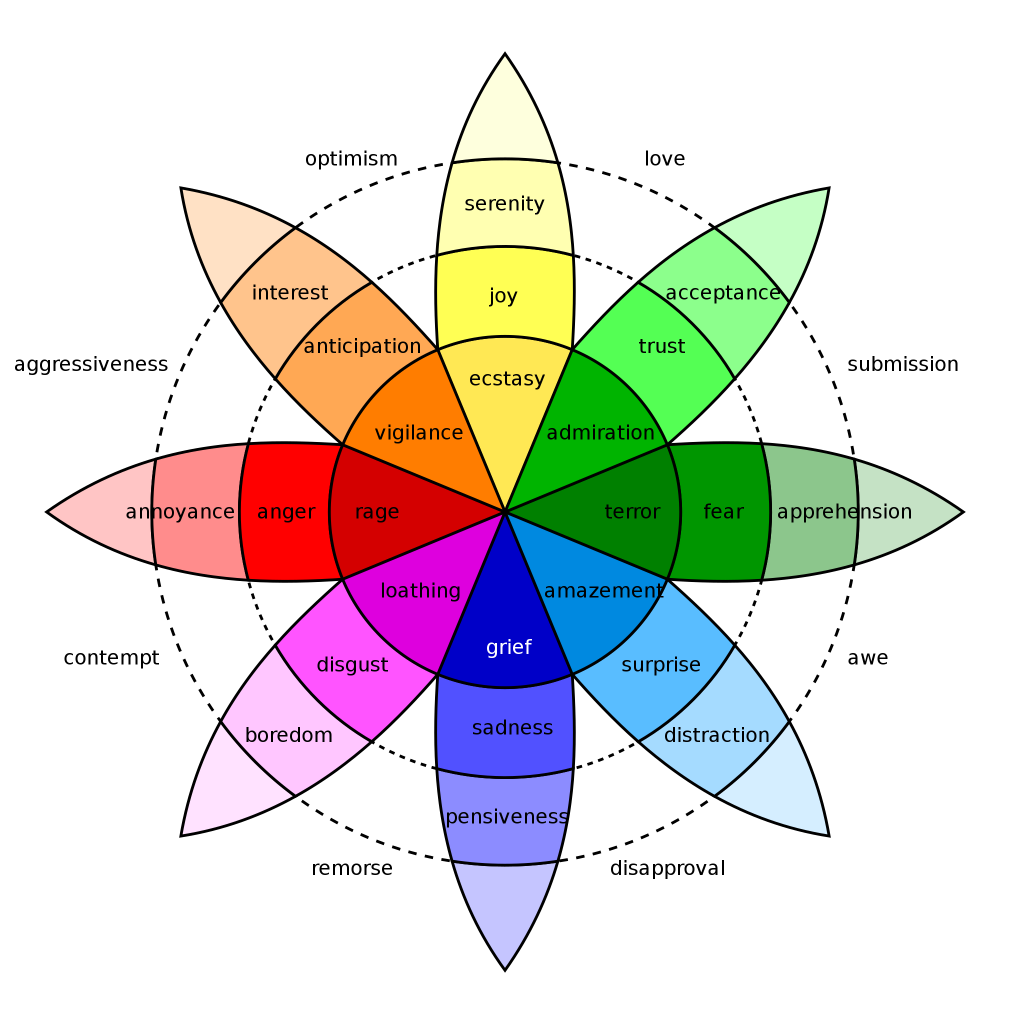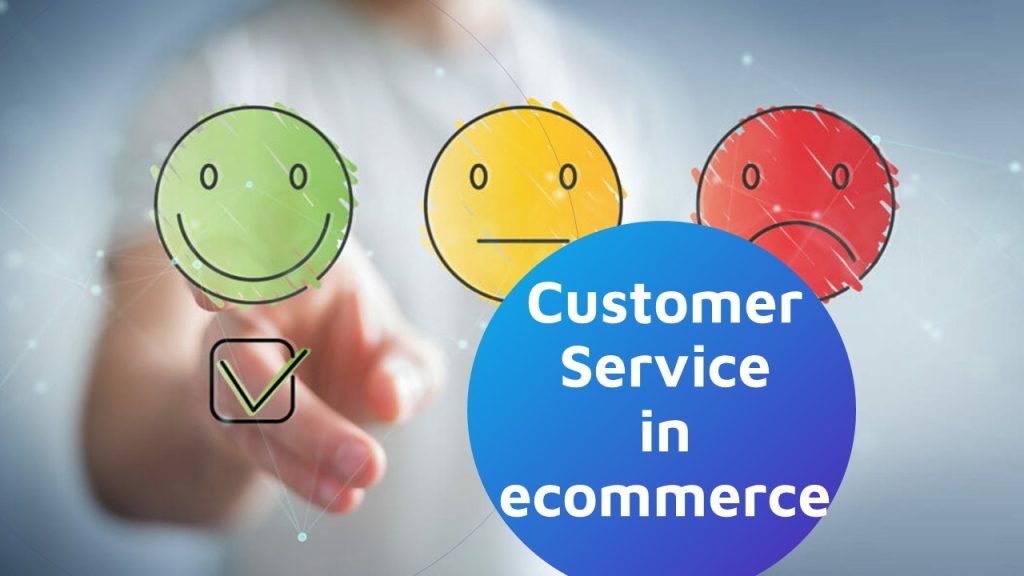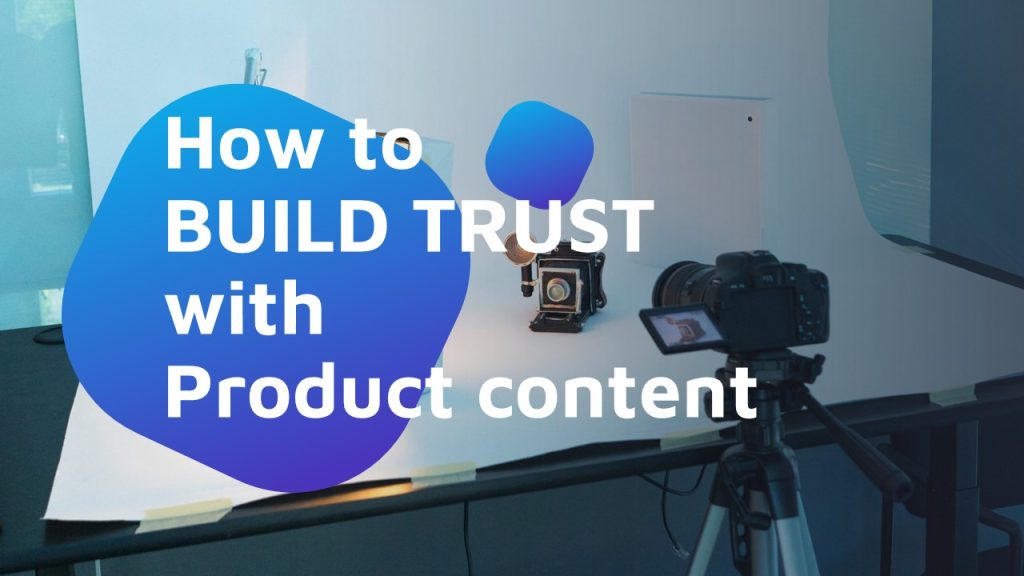Creating an online store is relatively easy nowadays. And while many do achieve their objectives in terms of visitors, many struggle when it comes to subscriptions or actual sales. This is sometimes due to neglecting essential identity elements to create the emotional connection that drives ecommerce. In fact, tone of voice in ecommerce might be what closes a sale, or what pushes a potential customer away.
Digital experiences work somewhat like real life: you can’t treat everyone the same at all times. Indeed, not everyone is the same, comes in the same mood, or fights the same fight. So, providing a good user experience demands having a clear identity and, more importantly, being it.
Voice and tone
Your tone of voice is the way your brand speaks to a diverse audience. Because digital content is designed for ideal profiles (buyer personae), yet polished to include as many people as possible regardless of their savviness. Tone of voice defines the distance between what you say / how you say it, and the users’ approachability. The better it suits their mood, the closer and more understood they will feel about it.
Voice is the brand’s personality. It doesn’t change over time, because it seeks to state a solution to an existing problem: while such problem exists, the mission and vision remain.
The tone of voice is how that personality is expressed, according to a few cornerstones we’ll explain below. But any brand’s reputation depends on how accurately it understands its audience.
“Tone is what the dog hears”
Adair Lara
The advantages of good tone of voice
- Brand identity. You will know your brand like you should and master its social appearances.
- Your audience will notice you know their ecosystem.
- A better understanding of their mood and pain points to provide them with content that empowers, encourages, and educates them.
- The development of a language of your own, that will eventually be recognized and associated to your brand.
- Trust happens naturally when we see openness, closeness, humility, and willingness to help selflessly. Know your audience and talk to them as naturally as you humanely can.

The key elements
Content type
Every type of content needs a specific way of breaking down the information it intends to provide. However, the tone of voice in ecommerce does not impose a magic formula obliging everyone to do the same – that depends on every business, product, and industry.
It’s not about the brand, but about its social perception.
- Landing pages. Landing pages are supposed to focus on the product, the need for it, and its benefits. And that requires deep understanding, research, and loads of empathy. Website content tends to be bold, plain, concise, and focus on the benefits.
- Videos. Whether you use videos to prove your brand’s value, authority, and expertise; to promote your product, or to explain how it works, scripting is a very important part of how it will be perceived. Thus, the words you choose should never be overlooked.
- Emails. Email marketing is still broadly used for its personal and direct approach, and thus allows a friendlier and casual tone to keep its reader hooked. Be careful, though, not to underestimate them, and especially keep your casual tone natural – quite a frequent mistake. Take a look at Mailchimp’s tone of voice guide!
- Ads. You may have run into really groundbreaking ads and wondered if such snarky informality actually works. Well. the creative freedom of ads closely related to research and the empathy it brings. The better you know your target segments and audiences, the more unconventionally creative you will become (as long as your brand calls for it).
- BONUS: Packaging and user manuals. You may think once the purchase has happened, you’re ready to go, although you might be making a huge mistake. Your customers’ experience has nothing but started, and they’re about to engage their first physical interaction with your product. The unboxing experience is an awesome way to show your gratitude and deliver a personal, unexpected surprise. This may be not possible for all businesses, especially the ones focusing on dropshipping or sourced with products manufactured by others, although, whenever possible, it does improve the likeliness of that customer to return.
User type
Many different people will see your content, some of which won’t even know how they got it. They might share a common interest, but not the same knowledge. This is where information architecture becomes important, so everyone grasps the essential selling points, and where properly honing your tone of voice will provide the exact amount of information any user needs to know. So, users exist. “The user” doesn’t. And finding your best tone of voice is a matter of understanding the mood in which they interact.
The user’s mood will vary across users and stages. An urged user won’t behave as one who is simply discovering a new brand / product. Neither will one who’s frustrated because of a website bug.
So, first off, make a case study of your site, landing page, etc. and picture every step users take, from the moment they crash in until they leave (hopefully at checkout). Find weaknesses and challenges in order to address users in a way that is helpful but non-invasive. That could be, for example, a separate page, an explanatory GIF, or a HELP button.
Identify, sort, and categorize your user personae and their level of education about your product / industry. Your metrics will give you powerful insights on how they interact with your content. Pave the way for those who struggle the most, and spot the ones which don’t fall into your target audience to refine your words.
Elaborate a moodboard and find your best wording in a natural, concise, and empowering way. Stay consistent and, again, avoid being disruptive. Spamming or making users feel ignorant are great ways to scare them away.
Purpose / objective
Finding the right emotion Is key for a message to be relatable, and relatability is essential for that message to sink in. Sounding joyful or too plain at the wrong time may shatter all the progress and give the impression you missed the entire point.
- Inform and educate
- Empower
- Telling your brand’s story
- Exposing a success story
- Persuasion: agitating somebody’s need to make it a sale
Read the room and walk in your audience’s shoes. Your vision and mission should be reflected in your tone of voice.
If your brand were a person, how would it interact with people?
| Personable and friendly | Corporate and professional |
| Spontaneous and energetic | Careful thinking and planning |
| Modern or hi-tech | Classic and traditional |
| Cutting edge | Established |
| Fun | Serious |
| Accessible to all | Upscale |
The keys to a successful tone of voice
- List of your desired brand tones and their opposites. That will give you a strong starting point.
- Read yourself out loud before publishing and take second opinions.
- Consistency is everything.
- Know your audience and everything about it.
- Adaptability. There are different moods and levels of knowledge around your product category. There’s a time to intervene, and a time to stand aside and not spray information no one asked for.
- Avoid disruptions. Invasive elements like excessive text or annoying pop-ups not only interrupt the users’ visual flux but are likely to show them where the exit door is (me, for one).
- Keep it short and straightforward – that doesn’t mean boring and technical.
- Run A/B tests with two different versions of your copy. You might find that one text block that stops people from scrolling down or a squeaky confusing phrase.
- Avoid questions whenever possible – unless they’re rhetorical. Making users think might interrupt their immersion.
- Think of language twists to empower users without giving them extra work. For example, “Find” or “Choose” make it easier than “Search” or “See all”.
- Be confident and avoid conveying any trace of doubt unless you’re addressing an error.
- Choose positive phrasing to keep an optimistic and encouraging mood.
A few final words
Content2Sell specializes in product content. And every piece of content is made with a specific purpose which goes hand in hand with the words drawing the message to deliver. Tone of voice in ecommerce is as important as clear high-quality content in all formats: be it landing pages, infographics, paid ads or even crowdfunding campaigns.



